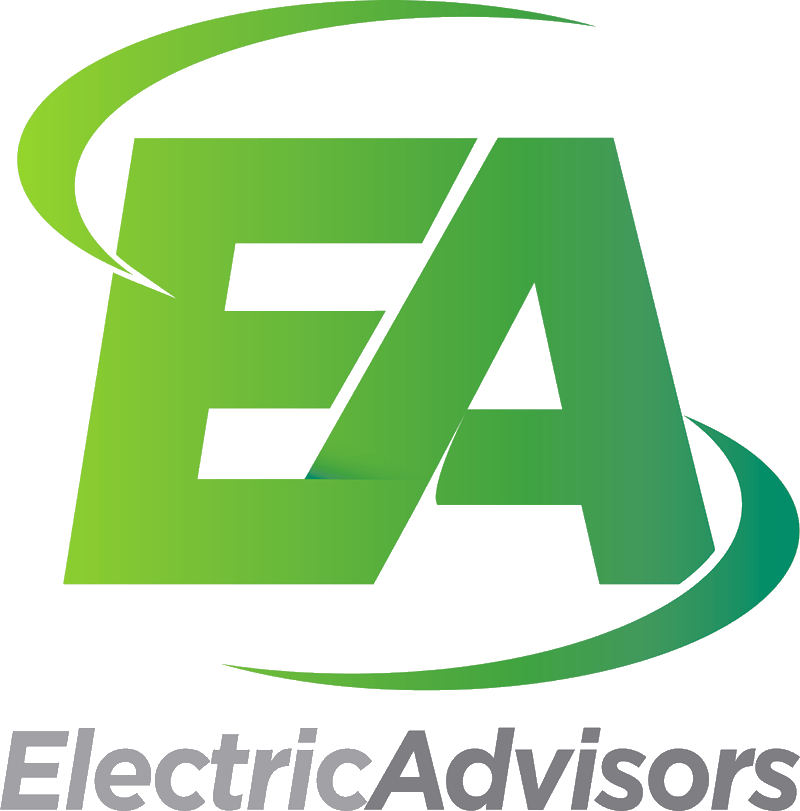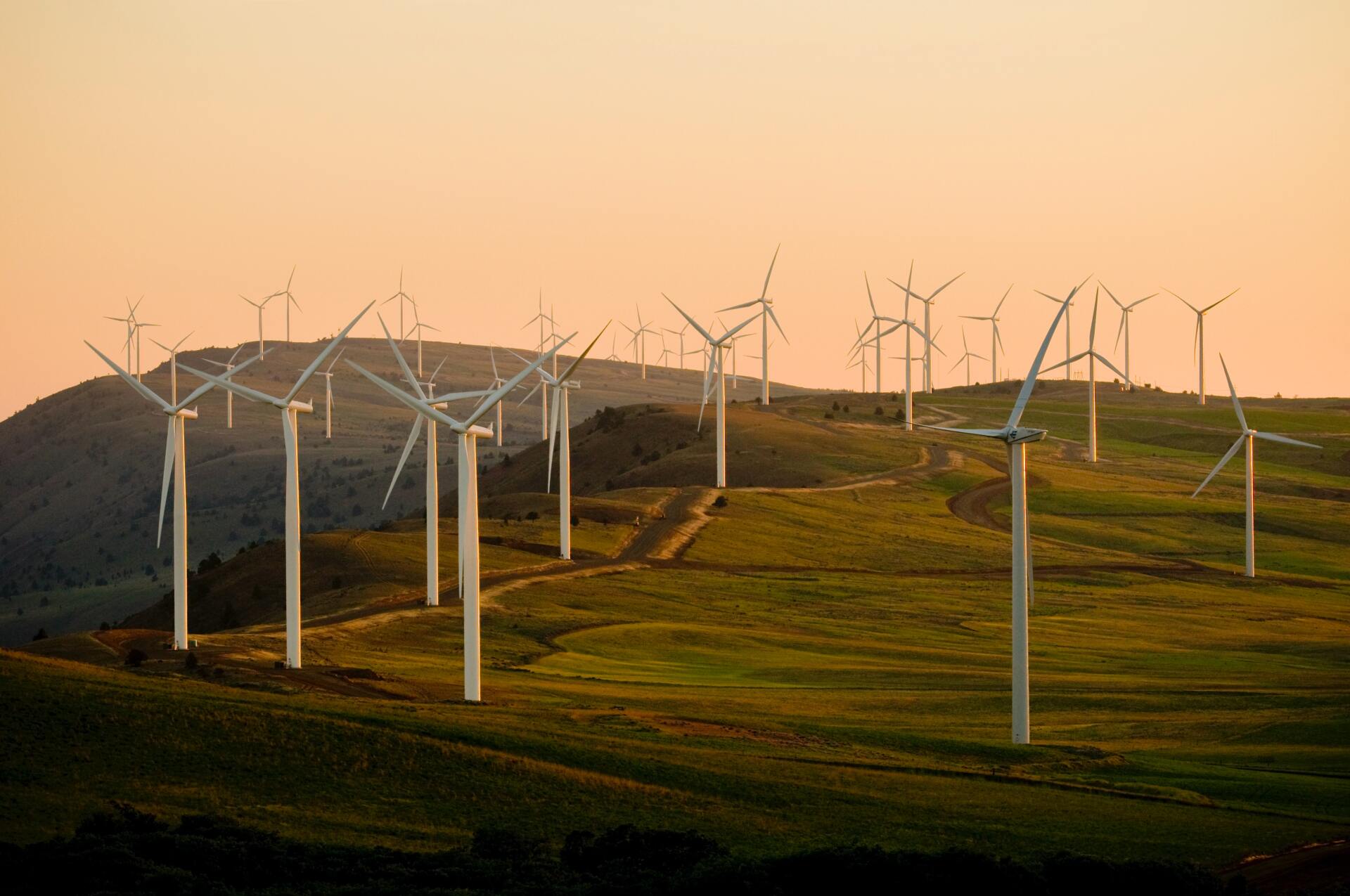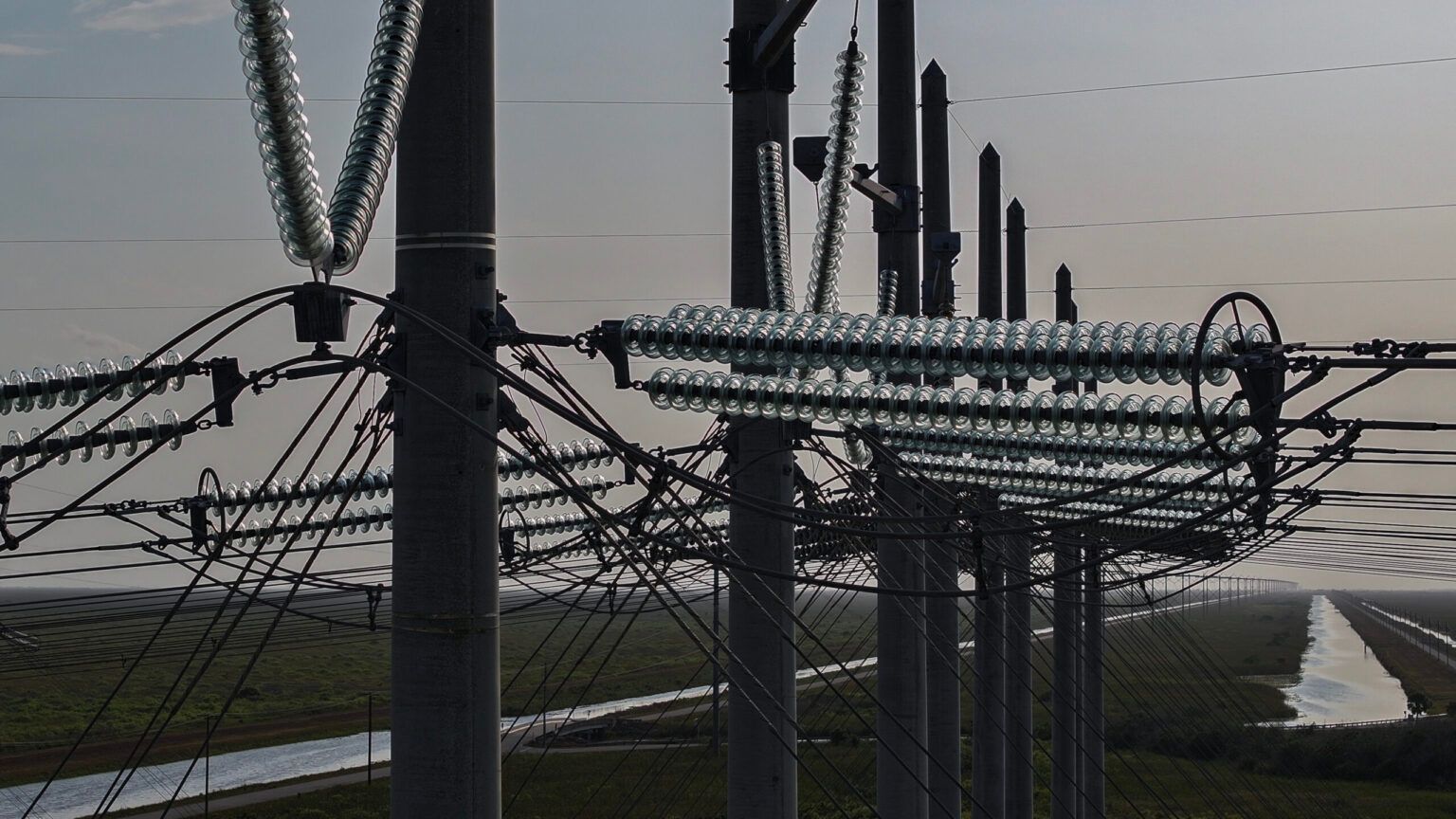Energy Prices Remain Flat
For the third week in a row energy prices barely budged. For this seven-day report period the average 12-month price for natural gas on the New York Mercantile Exchange (NYMEX) dropped by 1% and the 12-month average price for peak power on the PJM rose by 1%.
Even though the National Oceanic and Atmospheric Administration (NOAA) revised their mid-February forecast and announced that most of the country would be colder-than-normal, energy prices were unable to spike upward this week. Apparently the marketplace ignored the weather report and focused on the fact that the peak heating month of January was behind us. Plus, energy prices were held in check because the natural gas storage report showed that the natural gas inventories were now 15% above the five-year average.
Without colder-than-normal temperatures, energy prices have been unable to sustain any major price spikes. Unless temperatures in February and March take a sustained dip below historical averages, energy prices may have a tough time staging a winter rally.
Stay tuned. The 14-day extended forecast from AccuWeather for the Washington, D.C. region calls for normal temperatures, but most of the country is expecting colder-than-normal temperatures.
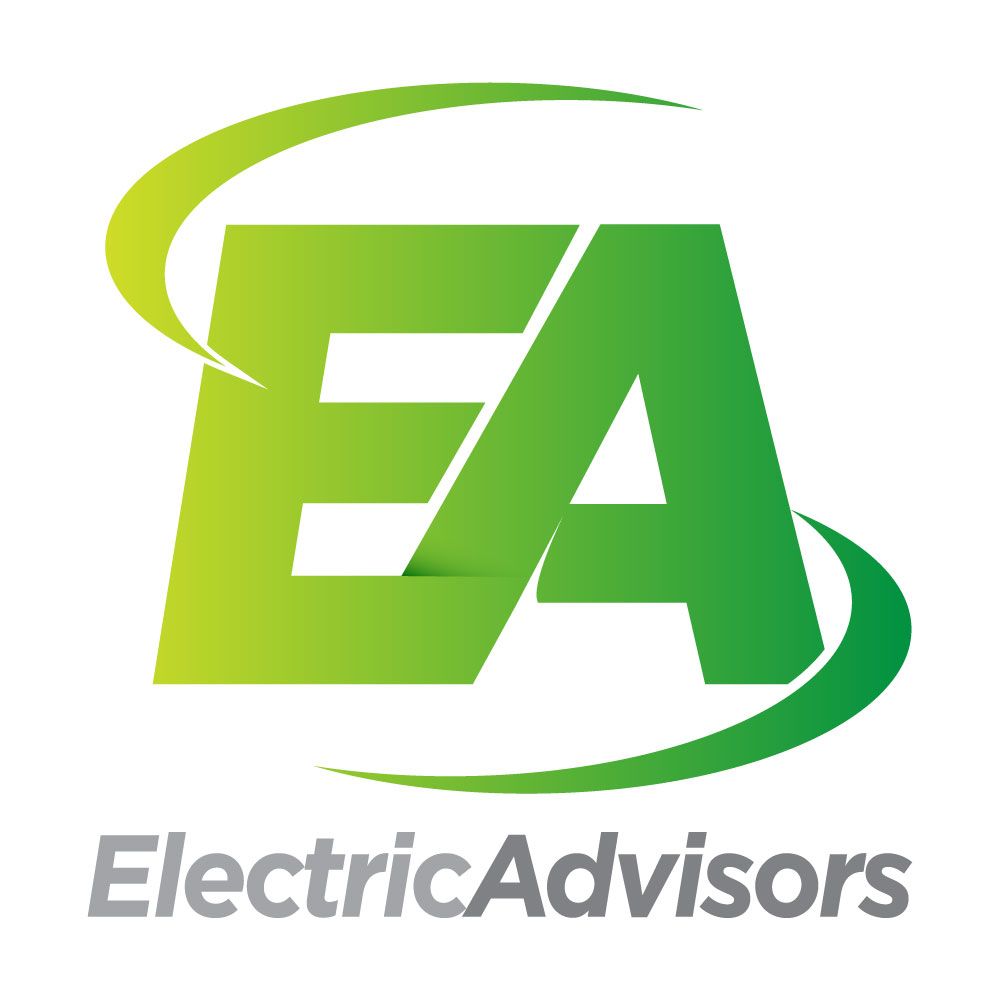
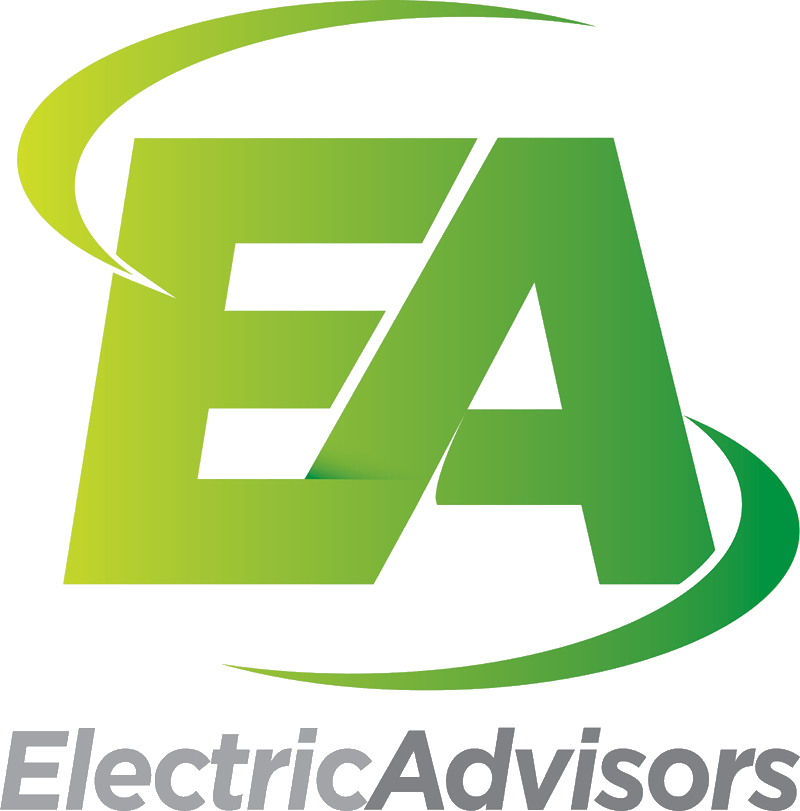
All Rights Reserved
Stay Connected
We will get back to you as soon as possible.
Please try again later.
